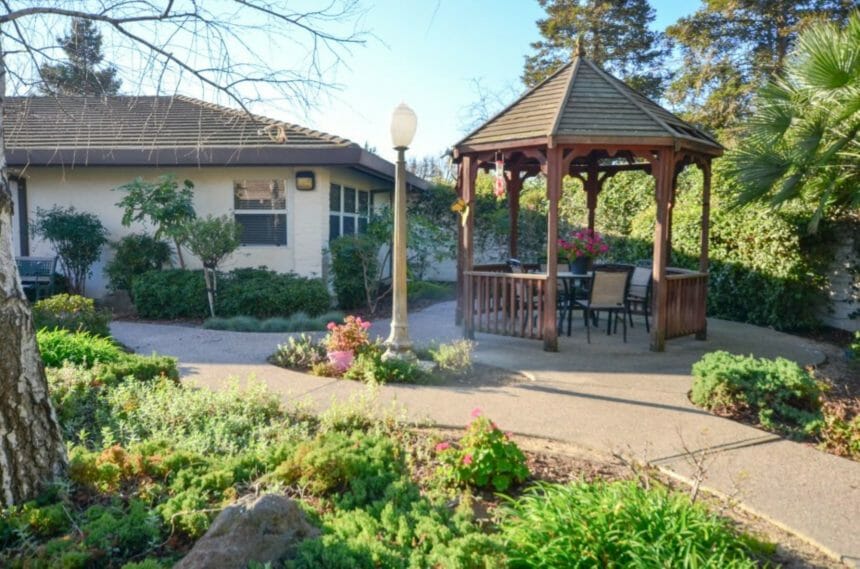
As senior living and other long-term care providers speak out about the financial crisis they are experiencing due to the pandemic, one provider is sharing his story about the decision to close a five-star skilled nursing facility to preserve an assisted living and memory care program on the same campus.
St. John’s Retirement Village in Woodland, CA, experienced its first COVID-19 case in April, Executive Director Sean Beloud said Monday on a LeadingAge coronavirus update call with members.
The virus quickly spread through the 48-bed Stollwood SNF, resulting in 67 positive cases — 32 residents and 34 staff members — and 17 resident deaths, said Beloud, who has been on the job for approximately a year. No coronavirus cases were reported in the community’s assisted living or memory care units.
Conversations about what the business would look like on the other side of COVID-19 began in June, he said.
“We looked at the financial costs, along with staffing, PPE and testing costs. The numbers were starting not to add up,” Beloud said. We had to look at what else we have on campus and who we were providing care for.”
Beloud said the “financial realities” of trying to maintain Stollwood, which the organization determined would operate at a significant monthly loss, combined with staffing issues and regulatory requirements, would be “extremely burdensome” and place St. John’s assisted living and memory care businesses at risk.
A recent survey from the National Center for Assisted Living found that half of all assisted living providers are operating at a loss, and 64% say they won’t be able to sustain operations for another year. That survey came on the heels of survey results from NCAL’s sister organization, the American Health Care Association, that reported seven in 10 nursing homes reported they will not be able to sustain operations for another year as COVID-19 costs overwhelm the business side.
On July 8, St. John’s submitted a transition plan to the California Department of Public Health to place its SNF license in suspension, and the plan was approved July 17. The last skilled nursing resident was discharged Aug. 28, and the license officially will be suspended Sept. 30.
In a letter on St. John’s website, Beloud called the “infiltration of COVID” in nursing homes across the country “devastating,” adding that for an independent retirement community such as St. John’s, decreasing admissions, combined with labor shortages and increasing regulations, created a “highly tenuous situation for Stollwood.”
To ease the stress and panic expected to emanate from staff and residents, Beloud said he met with every resident, family and staff member individually to discuss the transition plan.
“The majority of fear was what’s happening next,” Beloud said. “I was assuring them we’re developing community partners, developing a plan with their medical director, their physician, their family. We were creating interdisciplinary meetings with families and residents to make sure they were involved in the process.”
St. John’s, he added, was able to place almost every SNF staff member in a new position on campus or with other community partners. Moving some staff members onto the assisted living side of the campus meant St. John’s could provide some higher levels of care, such as diabetes management and oxygen, allowing residents to stay on the campus longer.
St. John’s held a closing ceremony for the SNF and created an outdoor forum to allow anyone who wanted to speak the opportunity.
“We were able to release butterflies and look at a new beginning and work on that transitional part,” Beloud said. “The closing ceremony was a nice way to provide closure internally for the emotions everyone was going through.”
The decision to close the SNF had a financial part, an emotional part and a regulatory part, Beloud said. The most important part of the process, however, was openly communicating plans to allay worries and fears, he added.
“A lot of that was mitigated by individualized conversations,” Beloud said.
Individuals and corporations have contacted St. John’s about the SNF, he said, but because the building is located in the center of its campus, any future use would have to be a partnership that works well for everyone.
“We have plans to have it occupied in one way or another and have life back in that building,” he said.




